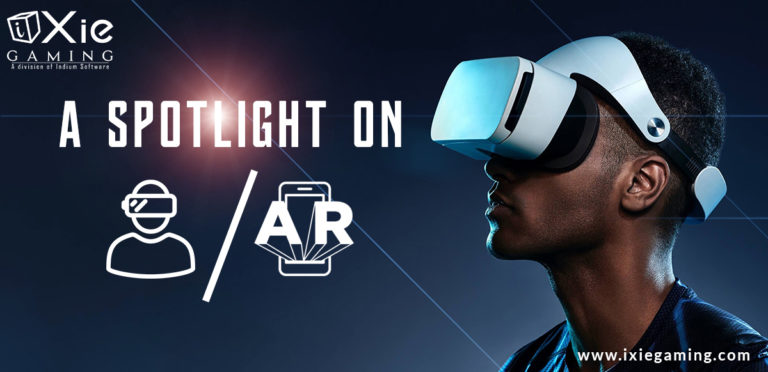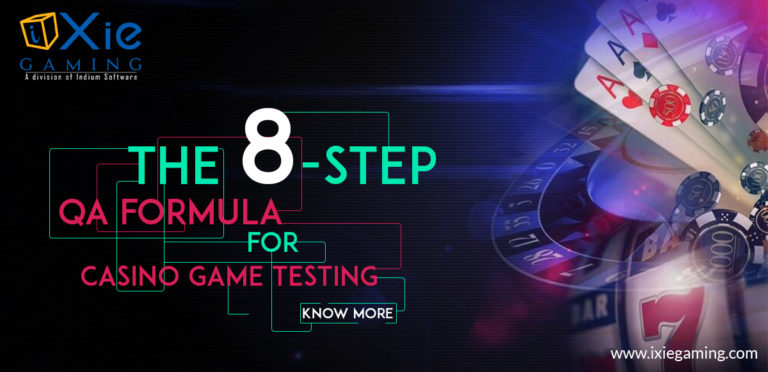The gaming world has evolved significantly over the years. As this evolution continues, there has been a significant increase in competition. This has resulted in game developers embracing advanced and innovative technologies to maximize player acquisition and retention and stand out. One of the key solutions that developers have integrated to serve their players better is behavior analytics.
Developers are now using their games as data collection and analysis tools to better understand their player preferences. This has unlocked new possibilities in gaming, introducing the aspect of data science in gaming. Join us as we explore the role of player behavior analytics and how it is redefining the future of gaming.
Understanding Player Behavior Analytics in Gaming
As the name suggests, player behavior analytics involves gathering, processing, and analyzing player data as they play the game. This data includes player preferences, interactions, and in-game actions, to mention a few. By analyzing player behavior data, you can gain valuable insights that can help improve the gaming experience and player engagement and optimize game design. But how?
If several players take the same action (say negative) at a specific level of the game, it may indicate the need to optimize or improve that aspect. For instance, if players quit when they reach a specific level, it shows that level may be “too difficult” to complete, calling for developers to provide a simpler level. These insights help developers optimize the game for the broader audience.

What Data is Collected During Player Behavior Analytics in Gaming?
As initially stated, player behavior analytics involves collecting data. But what kind of data is collected and analyzed during this process? Let’s find out.
1. User Demographics
Every player is unique. Therefore, developers must understand each user’s demographics to best tailor their game based on players’ preferences. During player behavior analysis, developers collect details about the player’s gender, location, age, and other relevant demographic factors. This data, when analyzed, provides valuable insights that can help tailor the gaming experience to various audiences.
2. Game Telemetry
Another set of data that is crucial in player behavior analysis is game telemetry. This data is collected from different in-game interactions and actions, such as clicks, decisions, keystrokes, and player movements. Game developers gather this data through trackers and sensors integrated within the game ecosystem. Therefore, they can monitor players’ in-game actions, helping them track how players engage with the game.
3. Player Feedback
Most games provide multiple channels where players can provide their honest feedback. This may be through direct communication with the support team, social media, forums, or surveys. By gathering player feedback from various channels, developers can understand player’s concerns and preferences. This enables them to modify the game to meet the players’ expectations.
What are the Roles of Player Behavior Analytics in Gaming?
It’s no secret that player behavior analytics plays a critical role in today’s fast-paced gaming landscape. Here are a few roles played by gaming analytics companies in improving the gaming experience:
1. Enhanced Game Design
Player behavior analysis is crucial in improving game design. Players provide valuable feedback on your game design, including areas that are difficult to navigate or not functioning appropriately. As a developer, you can share this information with the game designers to help improve your game design. The outcome? A more satisfying and engaging gameplay.
2. Tailored Gaming Experiences
Personalized experiences are crucial in today’s highly competitive gaming environment. It’s a key strategy for acquiring new and retaining players, as players are more immersed in the game. But how does player behavior analytics help achieve tailored gaming experiences?
During player behavior analysis, developers analyze player preferences and behavior. This helps them modify the in-game content, rewards, and challenges based on these players’ preferences. As a result, they create personalized gaming experiences, addressing individual players’ needs.
3. Predictive Analytics
Player behavior analysis can help in predictive analytics. By analyzing player’s historical data and usage patterns, developers can leverage player behavior analytics to anticipate future player needs and behavior. For instance, game developers can use player behavior analytics to forecast when a player will likely quit the game. This can help them implement measures to intervene by providing targeted rewards or incentives to keep the player engaged. The outcome? Extended player engagement and retention.
It might be interesting to read about Navigating the future of gaming with predictive analytics!
Types of Player Behavior Analytics
There are several types of player behavior analytics, each focusing on specific player aspects. These include:
1. Player Segmentation
This form of player behavior analysis involves categorizing players with similar preferences and behaviors. It allows game developers to deliver gaming events and content that cater to specific player segments. The outcome? Improved player satisfaction and engagement.
2. Churn Analysis
Churn analysis is a crucial type of player behavior analysis. It involves analyzing players and identifying those at risk of quitting the game. To achieve this, developers analyze players’ in-game behavior to identify potential quitting possibilities. The churn analysis results enable developers to implement measures to retain players. For instance, they can create new content to keep the players engaged or provide tailored incentives to encourage players to keep playing the game.
3. Monetization Analysis
Player behavior analysis helps developers understand how players spend money on in-game resources. They can analyze the players’ buying behavior and optimize in-game purchases. This results in increased game revenue.
4. A/B Testing
A/B testing allows developers to compare two game versions to identify one that drives better player behavior. For instance, developers can evaluate multiple in-game features or user interfaces (UIs) to determine what keeps the players engaged. This way, they can remove or optimize the least engaging features, maximizing engagement.

Final Thoughts
Player behavior analytics plays a vital role in enhancing the gaming experience. It allows developers to look at the game from the players’ perspective, enabling them to optimize and tailor the game to best suit the players’ needs and preferences. The outcome? Improved game design, tailored gaming experiences, and accurately predicting future player behavior. This helps them implement measures to address player concerns and optimize their experience, maximizing retention. As technology evolves, player behavior analytics will play a more integral role in the gaming industry. However, as developers seek to understand the player’s behavior through gaming analytics, they must strike a balance between using player data for game improvement and respecting ethical considerations to ensure a positive experience for all.
Are you struggling with game analytics? iXie has got you covered.
With a decade of experience, we adopt a focused approach to understanding your player’s pain points, helping you test and tailor your game to your audience’s preferences. Contact us for more details.
Frequently Asked Questions:
Player behavior analytics involves gathering, processing, and analyzing player data as they play the game. This data includes player preferences, interactions, and in-game actions, to mention a few. By analyzing player behavior data, you can gain valuable insights that can help improve the gaming experience and player engagement and optimize game design.
Some of the roles played by player behavior analytics in improving the gaming experience are as follows:
- Enhanced Game Design
- Tailored Gaming Experiences
- Predictive Analytics
As initially stated, player behavior analytics involves collecting data. The kind of data that is collected and analyzed during this process are as follows:
- User Demographics
- Game Telemetry
- Player Feedback






